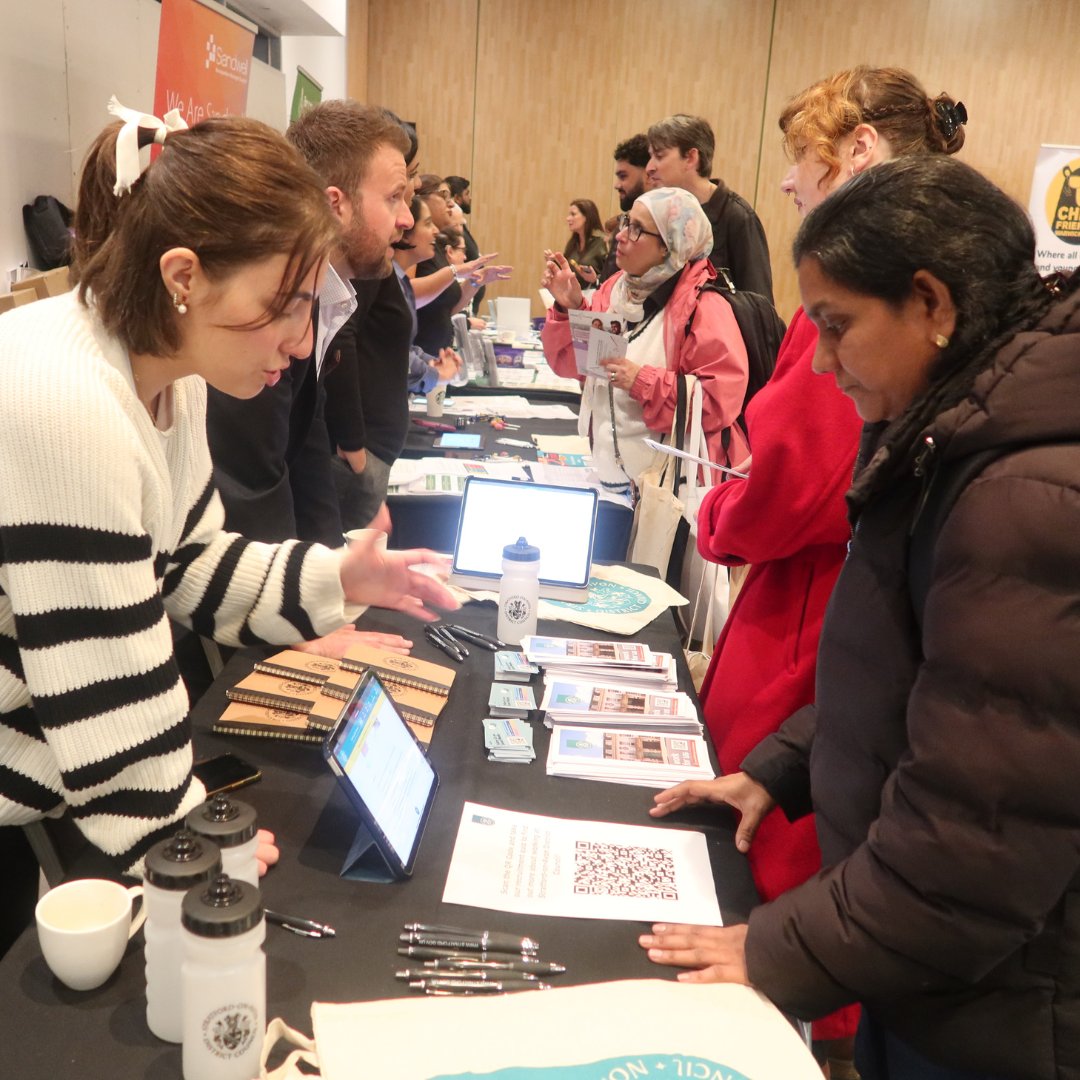Small actions, big impact -Inclusion at the WMJobs Public Sector Careers Expo
Posted on: 16/10/2025
Thought Leadership
Lucy Hall highlights how inclusion is built through small human interactions rather than policy alone. For jobseekers, it means feeling seen, heard and supported. For employers, it’s about adapting language, pace and approach with empathy. For organisations, it’s proof that genuine inclusion happens face-to-face, turning curiosity into confidence and breaking down invisible barriers.
 By Lucy Hall, Resourcing Consultant at West Midlands Employers
By Lucy Hall, Resourcing Consultant at West Midlands Employers
Inclusion isn’t built by policy alone, it happens in smaller actions and human interaction, that’s why face to face engagement matters more than ever.
So what does inclusion really look like when it’s working? The WMJobs Public Sector Careers Expo demonstrated inclusion through human interaction.
Events like the Expo demonstrate why face to face engagement can’t be replaced - the warmth of a conversation, reassurance of a smile, and the connection when someone genuinely feels heard.
During the quiet hour, inclusion was delivered through people. We gave jobseekers an opportunity to explore at their own pace in a calmer and quieter environment; they felt seen and part of the public sector. Employers stepped back, gave people the opportunity to read and digest information, adjusted their language and spoke clearly, and changed their approach to make jobseekers feel at ease. That empathy came from being present.
Being behind a screen has many benefits and we’ve all become comfortable working that way, but digital connection often doesn’t build trust in the same way a face to face conversation can.
It’s important, as employers, that we keep creating space for the interactions, as they build the gap between curiosity and confidence – feeling the behaviours of an organisation takes the jobseeker from ‘is this for me?’ to ‘I can see myself working there’.
When we talk about inclusive recruitment, it’s easy to think about policies and frameworks –but those smaller, less obvious actions in between matter just as much. We should continue to think about those interactions as they often remove the largest barriers. Think about:
- Adjusting interview times so parents and carers have the time to attend, because flexibility shows you value people’s reality
- Offer written information for people who process visually, because inclusion means giving options and not a ‘one size fits all’ approach
- Share digital copies of resources for those that would benefit from revisiting them later, because accessibility doesn’t end when the event does
We can’t do everything, but if everything we do is done well and with intention, it makes a huge difference.
None of us set out to exclude anyone, but inclusion doesn’t always come naturally to us just because we want it to be, especially if we haven’t experienced something others have.
Look at a process through the lens of someone who is anxious, neurodiverse or unfamiliar with your organisation and ask yourself how it feels to be that person. You may spot something you’ve never thought twice about before, acronyms, language or sector specific references that create small, invisible barriers.
At the Expo, jobseekers left feeling like they could attend an event they might have avoided or found difficult in the past. The interaction gave jobseekers more than digital tools and an online application can, which came down to the work of all those present, and the environment we created collectively.
Inclusion starts in those small moments, through conversations and are underpinned by the policies. Sometimes, including someone is easier when you take the time to understand how.

